Table of Contents
Mold growth: Winter is a season that brings cozy nights by the fireplace, warm beverages, and holiday cheer. However, it also introduces unique challenges to homeowners, including the risk of mold growth inside the home. The combination of cold temperatures, increased indoor humidity, and reduced ventilation creates an ideal environment for mold to thrive. This blog will explore the causes of mold growth during winter, practical prevention tips, and effective solutions to combat this persistent problem.
Mold and Its Impact
Mold is a type of fungus that grows in moist and humid conditions. While it plays a vital role in nature by breaking down organic matter, mold inside the home can pose serious health risks and damage property. Exposure to mold spores can trigger allergies, asthma attacks, and respiratory issues, especially for individuals with compromised immune systems. Mold growth can also weaken the structural integrity of your home, resulting in costly repairs.
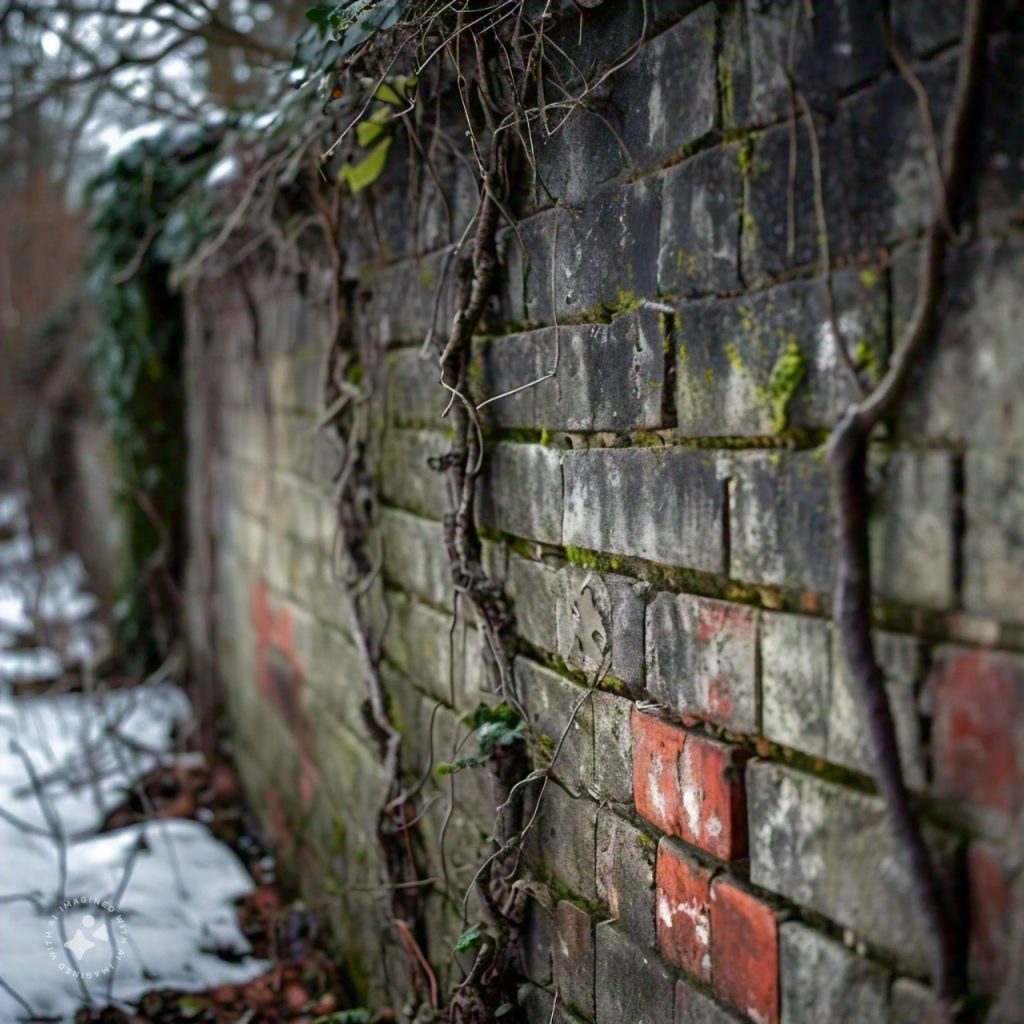
Causes of Mold Growth in Winter
- Condensation on Windows and Walls
During winter, the difference between indoor and outdoor temperatures can lead to condensation forming on windows, walls, and other surfaces. These damp areas create a breeding ground for mold. - Increased Indoor Humidity
Activities such as cooking, showering, and drying clothes indoors contribute to elevated humidity levels. When this moisture accumulates and is not properly ventilated, it encourages mold growth. - Poor Ventilation
Many homes are sealed tightly during winter to retain heat, reducing airflow. Poor ventilation traps moisture inside the house, leading to dampness and mold development. - Leaky Roofs and Pipes
Winter storms, snow accumulation, and freezing temperatures can cause roof leaks or burst pipes. These water sources provide the moisture mold needs to grow. - Damp Basements and Crawlspaces
Basements and crawlspaces often have limited airflow and higher humidity levels, making them hotspots for mold, especially during winter when outdoor air is cooler. - Neglected HVAC Systems
If HVAC systems are not maintained, they can circulate dust and moisture, creating an environment conducive to mold growth.
Common Areas Prone to Mold During Winter
- Windowsills and Frames
Condensation often collects on windowsills, providing a moist surface for mold to grow. - Bathrooms
Without proper ventilation, bathrooms can become excessively humid after showers and baths, making them a prime location for mold. - Kitchens
Steam from cooking and dishwashing increases humidity, especially if range hoods and exhaust fans are not used effectively. - Basements and Crawlspaces
These areas are naturally cooler and damper, creating ideal conditions for mold. - Attics
Poor insulation and ventilation in attics can lead to condensation and mold growth.
Preventing Mold Growth During Winter
- Control Indoor Humidity
- Use a dehumidifier to maintain indoor humidity levels below 50%.
- Ventilate high-moisture areas like kitchens and bathrooms with exhaust fans.
- Improve Ventilation
- Open windows periodically to allow fresh air circulation.
- Use ceiling fans to enhance airflow, even during winter.
- Address Condensation Issues
- Insulate windows and pipes to reduce condensation.
- Wipe down windows and other surfaces prone to moisture regularly.
- Fix Leaks Immediately
- Inspect your roof, gutters, and pipes for leaks and repair them promptly.
- Ensure proper drainage around the foundation of your home.
- Maintain HVAC Systems
- Replace air filters regularly to prevent the spread of mold spores.
- Schedule routine maintenance for your heating system to ensure it operates efficiently.
- Keep Basements and Crawlspaces Dry
- Use a sump pump to prevent water accumulation.
- Install a vapor barrier to reduce moisture in crawlspaces.
- Use Mold-Resistant Products
- Opt for mold-resistant paint, drywall, and insulation in areas prone to dampness.
Identifying and Removing Mold
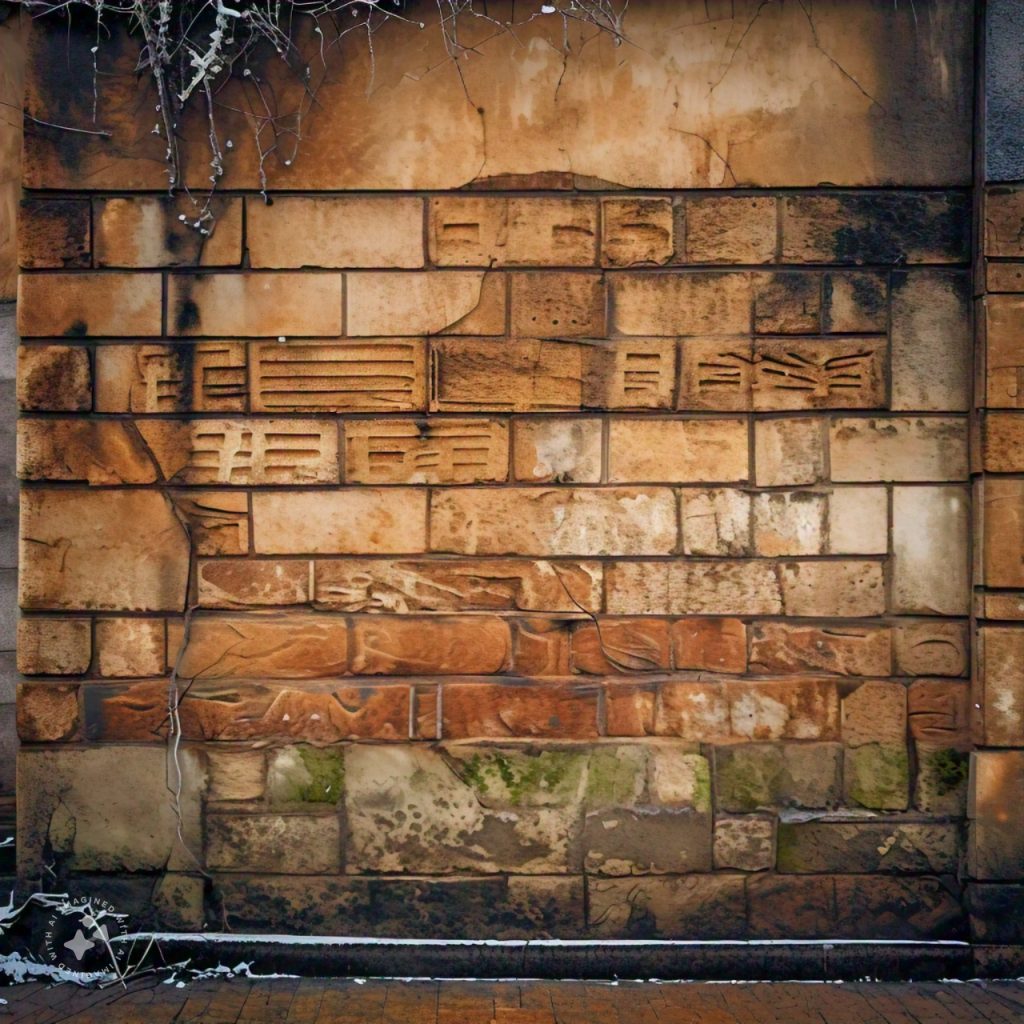
Signs of Mold Growth:
- Visible Mold: Black, green, or white patches on walls, ceilings, or other surfaces.
- Musty Odor: A persistent, unpleasant smell is often a sign of hidden mold.
- Health Symptoms: Increased allergies, coughing, or respiratory issues when indoors.
DIY Mold Removal:
- For small areas of mold (less than 10 square feet), you can clean it yourself using the following steps:
- Wear protective gear, including gloves, goggles, and a mask.
- Mix a solution of water and mild detergent or white vinegar.
- Scrub the affected area with a brush or sponge and dry thoroughly.
- Dispose of cleaning materials in a sealed plastic bag.
When to Call Professionals:
- If the mold covers a large area or has penetrated porous materials like drywall or insulation.
- If the mold is caused by contaminated water, such as sewage or floodwater.
- Persistent health issues despite cleaning the mold.
Long-Term Mold Prevention Tips
Mold is not just unsightly; it can damage your property and negatively impact your health. Preventing mold growth requires consistent effort and proactive measures. Here are some effective long-term mold prevention tips:
1. Control Humidity Levels
- Keep indoor humidity levels between 30% and 50%.
- Use a dehumidifier in high-moisture areas like basements.
- Ensure proper ventilation in humid climates.
2. Improve Ventilation
- Use exhaust fans in bathrooms and kitchens to remove excess moisture.
- Open windows regularly to improve air circulation, especially in closed spaces.
- Check and clean HVAC systems to prevent moisture buildup.
3. Fix Leaks Immediately
- Repair plumbing leaks and roof issues as soon as they occur.
- Inspect under sinks and around appliances for hidden leaks.
- Seal gaps around windows and doors to prevent water intrusion.
4. Use Mold-Resistant Materials
- Opt for mold-resistant drywall, paint, and insulation during renovations.
- Use mold-resistant shower curtains and caulk in bathrooms.
- Install moisture-resistant flooring in basements and bathrooms.
5. Maintain Roof and Gutters
- Clean gutters regularly to prevent water pooling near the foundation.
- Check for loose shingles or flashing that may lead to leaks.
- Install gutter extensions to direct water away from your home.
6. Keep Surfaces Dry
- Wipe up spills immediately to prevent water from soaking into surfaces.
- Use absorbent mats or towels in high-moisture areas like bathrooms.
- Regularly dry and clean areas prone to condensation, such as windows and doors.
7. Monitor Indoor Plants
- Avoid overwatering houseplants, as moist soil can promote mold growth.
- Add a layer of gravel or sand to the topsoil to improve drainage.
- Regularly clean plant pots and trays.
8. Enhance Basement Protection
- Apply waterproof sealants to basement walls and floors.
- Install a sump pump to prevent flooding.
- Store items in plastic bins rather than cardboard boxes to avoid mold contamination.
9. Regular Cleaning Practices
- Use mold-killing products to clean bathrooms and kitchens.
- Vacuum carpets and upholstery frequently with HEPA filters.
- Wash and dry fabric items like curtains, rugs, and towels regularly.
10. Monitor and Maintain Appliances
- Clean and service appliances such as air conditioners and refrigerators.
- Empty and dry drip pans frequently.
- Check the water hoses of washing machines for leaks or wear.
11. Schedule Inspections
- Conduct regular home inspections for signs of mold in hidden areas.
- Hire professionals to check for mold in air ducts, attics, or crawl spaces.
By implementing these long-term mold prevention strategies, you can maintain a healthier and more comfortable home environment. Regular vigilance and timely action are key to keeping mold at bay.
Final Thoughts
Mold growth during winter is a common issue, but it’s one that can be effectively managed with awareness and proactive measures.
For immediate assistance with Water damage restoration, contact PuroClean Home Savers, Call (+1) 614-689-0012.
By controlling humidity, improving ventilation, and addressing moisture problems promptly, you can protect your home and health from the damaging effects of mold. If you’re facing a severe mold problem, don’t hesitate to consult professionals who specialize in mold remediation to ensure your home remains safe and mold-free throughout the winter season.
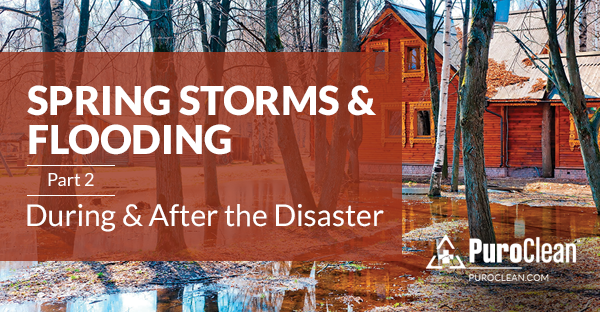
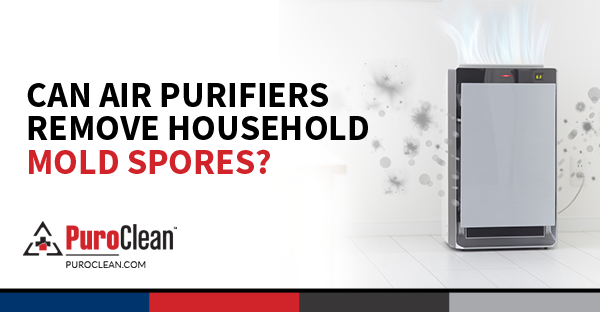
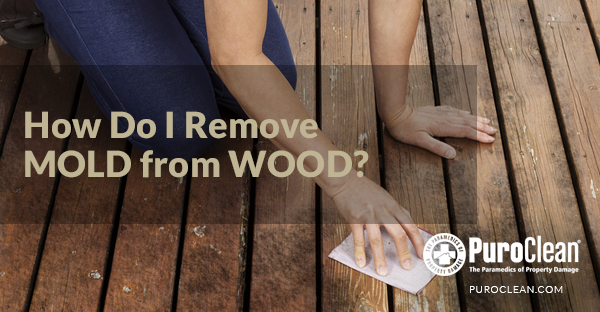
 PuroClean Home Savers
PuroClean Home Savers